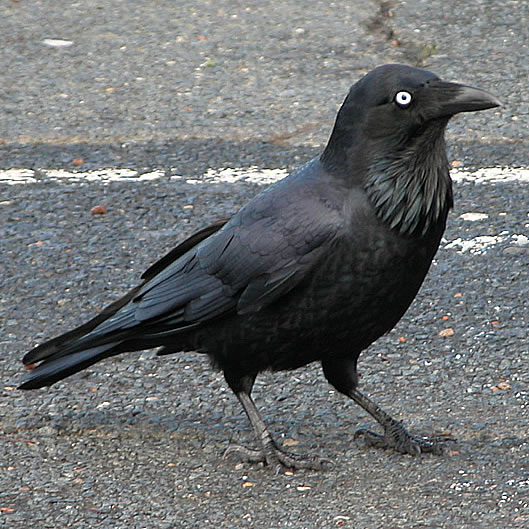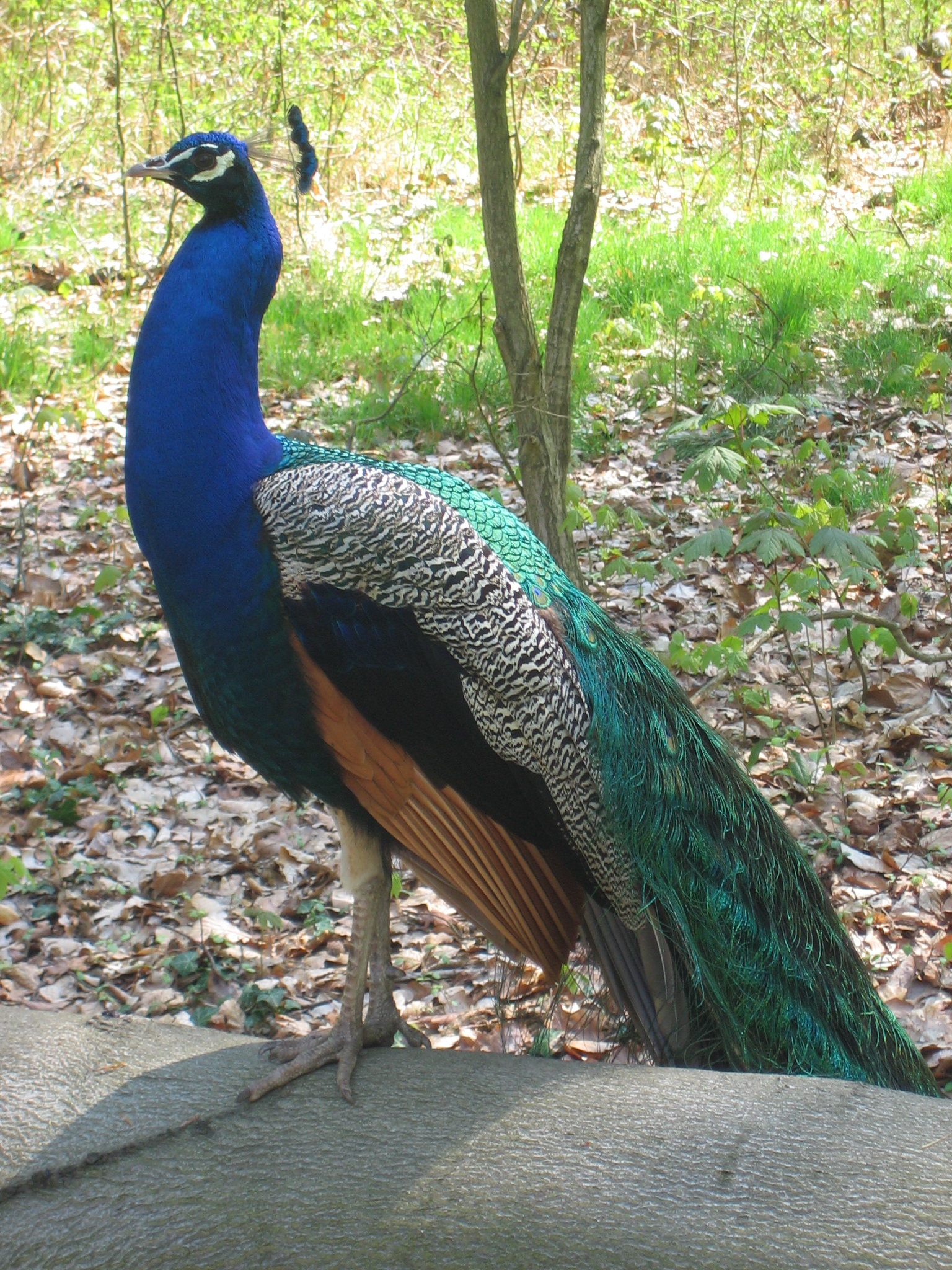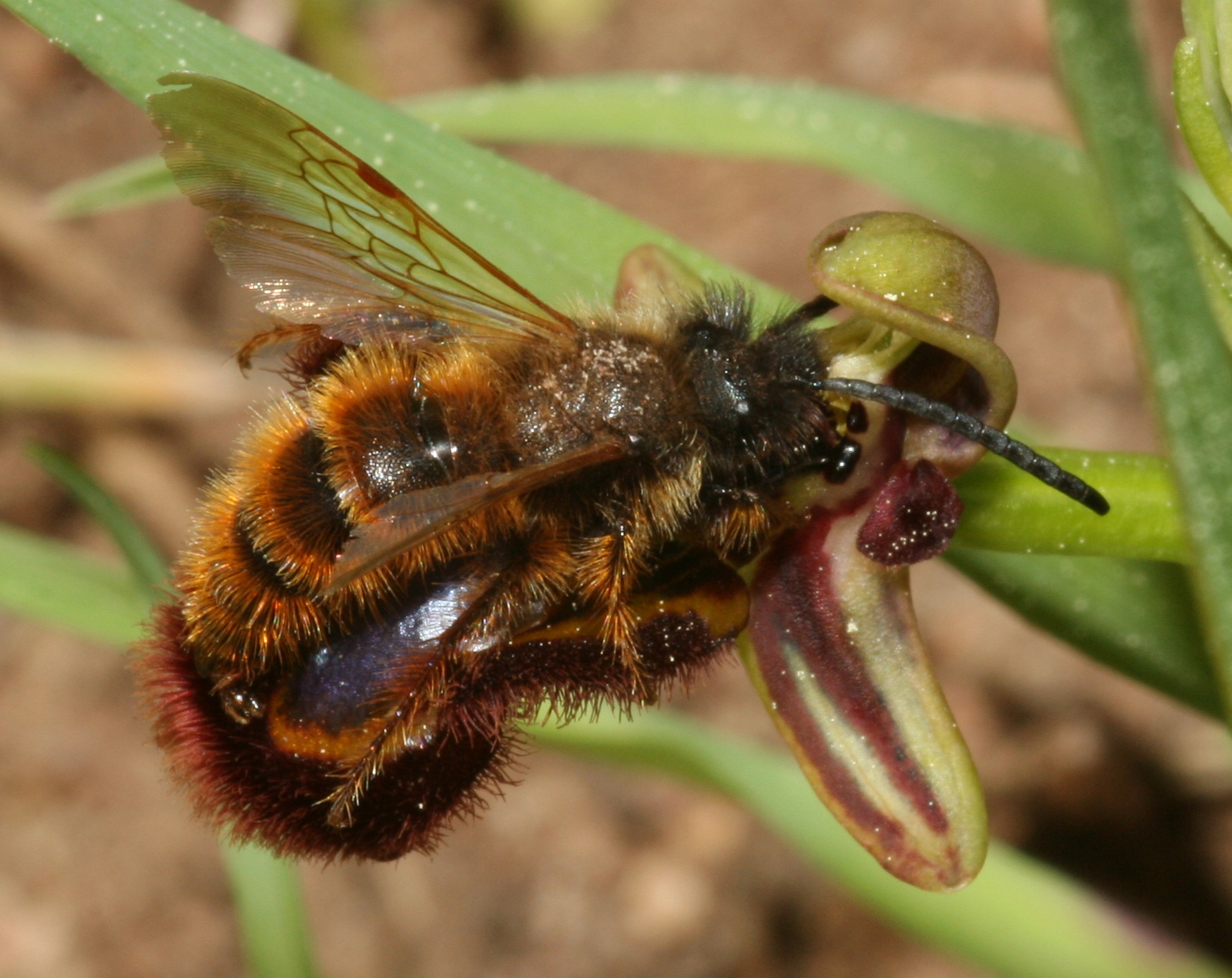|
Indian Jungle Crow
The Indian jungle crow (''Corvus culminatus'') is a species of crow found across the Indian subcontinent south of the Himalayas. It is very common and readily distinguished from the house crow (''Corvus splendens''), which has a grey neck. In the past the species was treated as a subspecies of another crow species, but vocalizations and evidence from ectoparasite co-evolution and phylogenetic evidence have led to it being considered as a distinct species in modern taxonomic treatments. It differs in its voice from the large-billed crow (''Corvus macrorhynchos'') found in the higher elevations of the Himalayas and the eastern jungle crow (''Corvus levaillantii'') overlaps in the eastern part of its range. In appearance, it can be difficult to distinguish from either of these species although the plumage tends to be more uniformly glossed in purple and has a longer bill with a fine tip and a less arched culmen. The Himalayan species has a slightly wedge-shaped tail, unlike the round ... [...More Info...] [...Related Items...] OR: [Wikipedia] [Google] [Baidu] |
Mudumalai National Park
Mudumalai National Park is a national park in the Nilgiri Mountains in Tamil Nadu in southern India. It covers at an elevation range of in the Nilgiri District and shares boundaries with the states of Karnataka and Kerala. A part of this area has been protected since 1940. The national park has been part of Nilgiri Biosphere Reserve since 1986 and was declared a tiger reserve together with a buffer zone of in 2007. It receives an annual rainfall of about and harbours tropical and subtropical moist broadleaf forests with 498 plant species, at least 266 bird species, 18 carnivore and 10 herbivore species. It is drained by the Moyar River and several tributaries, which harbour 38 fish species. Traffic on three public roads passing through the national park has caused significant roadkills of mammals, reptiles and amphibians. The park's northern part has been affected by several wildfires since 1999. History The word Mudumalai is a Tamil word with 'mutu' meaning old, anci ... [...More Info...] [...Related Items...] OR: [Wikipedia] [Google] [Baidu] |
Australian Raven
The Australian raven (''Corvus coronoides'') is a passerine Corvidae, corvid bird native to Australia. Measuring in length, it has an all-black plumage, beak and mouth, as well as strong, greyish-black legs and feet. The upperparts of its body are glossy, with a purple-blue, greenish sheen; its black feathers have grey bases. The Australian raven is distinguished from the Australian crow, and other related corvids, by its long chest feathers, or Hackles, throat hackles, which are prominent in mature birds. Older individuals and Juvenile (organism), subadults have white Iris (anatomy), irises, while the younger birds' eyes display blue inner rims; Hatchling, hatchlings and young birds have brown, dark irises until about fifteen months of age, at which point their irises become hazel-coloured, with an inner blue rim around each pupil, this lasting until they are roughly 2.5 to 3 years of age. Nicholas Aylward Vigors and Thomas Horsfield described the Australian raven in 1827, its s ... [...More Info...] [...Related Items...] OR: [Wikipedia] [Google] [Baidu] |
Birds Of India
This is a list of the bird species of India and includes Extant taxon, extant and recently extinct species recorded within the political limits of the Republic of India as defined by the Indian government. There have been 1393 species recorded as of 2025, of which 84 are Endemism in birds, endemic to the country. 98 species are globally threatened. The Indian peafowl (''Pavo cristatus'') is the national bird of India. This list does not cover species in Indian jurisdiction areas such as Dakshin Gangotri and oceanic species are delineated by an arbitrary cutoff distance. The list does not include fossil bird species or escapees from captivity. This list's Taxonomy (biology), taxonomic treatment (designation and sequence of orders, families and species) and nomenclature (common and scientific names) follow the conventions of the IOC World Bird List, version 13.1. This list also uses British English throughout. Any bird names or other wording follows that convention. The following ... [...More Info...] [...Related Items...] OR: [Wikipedia] [Google] [Baidu] |
Corvus
''Corvus'' is a widely distributed genus of passerine birds ranging from medium-sized to large-sized in the family Corvidae. It includes species commonly known as crows, ravens, and rooks. The species commonly encountered in Europe are the carrion crow, hooded crow, common raven, and rook; those discovered later were named "crow" or "raven" chiefly on the basis of their size, crows generally being smaller. The genus name is Latin for "raven". The 46 or so members of this genus occur on all temperate continents except South America, and several islands. The ''Corvus'' genus makes up a third of the species in the family Corvidae. The members appear to have evolved in Asia from the corvid stock, which had evolved in Australia. The collective name for a group of crows is a "flock" or a "murder". Recent research has found some crow species capable of not only tool use, but also tool construction. Crows are now considered to be among the world's most intelligent animals with a ... [...More Info...] [...Related Items...] OR: [Wikipedia] [Google] [Baidu] |
Asian Koel
The Asian koel (''Eudynamys scolopaceus'') is a member of the cuckoo family of birds, the Cuculidae. It is found in the Indian Subcontinent, Pakistan, China, and Southeast Asia. It forms a superspecies with the closely related black-billed koels, and Pacific koels which are sometimes treated as subspecies. The Asian koel like many of its related cuckoo kin is a brood parasite that lays its eggs in the nests of crows and other hosts, who raise its young. They are unusual among the cuckoos in being largely frugivorous as adults. The name ''koel'' is echoic in origin with several language variants. The bird is a widely used symbol in Indian and Nepali poetry. Taxonomy In 1747, the English naturalist George Edwards included an illustration and a description of an Asian koel in the second volume of his ''A Natural History of Uncommon Birds'' book. He used the English name "The Brown and Spotted Indian Cuckow". Edwards based his hand-coloured etching on a specimen from Bengal that ... [...More Info...] [...Related Items...] OR: [Wikipedia] [Google] [Baidu] |
Indian Jungle Crow I3-Bharatpur IMG 8466
Indian or Indians may refer to: Associated with India * of or related to India ** Indian people ** Indian diaspora ** Languages of India ** Indian English, a dialect of the English language ** Indian cuisine Associated with indigenous peoples of the Americas * Indigenous peoples of the Americas ** First Nations in Canada ** Native Americans in the United States ** Indigenous peoples of the Caribbean ** Indigenous languages of the Americas Places * Indian, West Virginia, U.S. * The Indians, an archipelago of islets in the British Virgin Islands Arts and entertainment Film * ''Indian'' (film series), a Tamil-language film series ** ''Indian'' (1996 film) * ''Indian'' (2001 film), a Hindi-language film Music * Indians (musician), Danish singer Søren Løkke Juul * "The Indian", an unreleased song by Basshunter * "Indian" (song), by Sturm und Drang, 2007 * "Indians" (song), by Anthrax, 1987 * Indians, a song by Gojira from the 2003 album '' The Link'' Other uses in ... [...More Info...] [...Related Items...] OR: [Wikipedia] [Google] [Baidu] |
Coevolution
In biology, coevolution occurs when two or more species reciprocally affect each other's evolution through the process of natural selection. The term sometimes is used for two traits in the same species affecting each other's evolution, as well as gene-culture coevolution. Charles Darwin mentioned evolutionary interactions between flowering plants and insects in ''On the Origin of Species'' (1859). Although he did not use the word coevolution, he suggested how plants and insects could evolve through reciprocal evolutionary changes. Naturalists in the late 1800s studied other examples of how interactions among species could result in reciprocal evolutionary change. Beginning in the 1940s, plant pathologists developed breeding programs that were examples of human-induced coevolution. Development of new crop plant varieties that were resistant to some diseases favored rapid evolution in pathogen populations to overcome those plant defenses. That, in turn, required the development of ... [...More Info...] [...Related Items...] OR: [Wikipedia] [Google] [Baidu] |
Myrsidea
''Myrsidea'' is a genus of lice belonging to the family Menoponidae. The genus has cosmopolitan distribution In biogeography, a cosmopolitan distribution is the range of a taxon that extends across most or all of the surface of the Earth, in appropriate habitats; most cosmopolitan species are known to be highly adaptable to a range of climatic and en .... Species Selected species: * '' Myrsidea abhorrens'' (Zlotorzycka, 1964) * '' Myrsidea abidae'' Ansari, 1956 * '' Myrsidea rustica'' (Giebel, 1874) * '' Myrsidea victrix'' Waterston, 1915 References {{Authority control Lice Insect genera ... [...More Info...] [...Related Items...] OR: [Wikipedia] [Google] [Baidu] |
Salim Ali
Sálim Moizuddin Abdul Ali (12 November 1896 – 20 June 1987) was an Indian ornithologist and naturalist. Sometimes referred to as the "Birdman of India", Salim Ali was the first Indian to conduct systematic bird surveys across India and wrote several bird books that popularized ornithology in India. He became a key figure behind the Bombay Natural History Society after 1947 and used his personal influence to garner government support for the organisation, create the Bharatpur bird sanctuary (Keoladeo National Park) and prevent the destruction of what is now the Silent Valley National Park in Kerala. Along with Sidney Dillon Ripley he wrote the landmark ten volume '' Handbook of the Birds of India and Pakistan'', a second edition of which was completed after his death. He was awarded the Padma Bhushan in 1958 and the Padma Vibhushan in 1976, India's third and second highest civilian honours respectively. Several species of birds, Salim Ali's fruit bat, Salim Ali's dwarf gec ... [...More Info...] [...Related Items...] OR: [Wikipedia] [Google] [Baidu] |
Charles Vaurie
Charles Vaurie (7 July 1906 – 13 May 1975) was a French-born American ornithologist. He was born in Beaulieu sur Dordogne, France but moved to Trenton, New Jersey as a youth. He studied at New York University and then qualified as a dentist at the University of Pennsylvania in 1928. An interest in painting birds developed, and after marrying his entomologist wife, Patricia Wilson, in 1934, the two shared numerous field trips. Vaurie became associated with the American Museum of Natural History and by 1946 he was a Research Associate. He went on to produce more than 150 ornithological publications. His most important work was a systematic review of Palearctic birds. By 1956, he was a full-time ornithologist at AMNH, and rose to Curator by 1967. At the time of his death he was a member of the Standing Committee on Ornithological Nomenclature of the International Ornithological Congress International is an adjective (also used as a noun) meaning "between nations". International m ... [...More Info...] [...Related Items...] OR: [Wikipedia] [Google] [Baidu] |
Norman Boyd Kinnear
Sir Norman Boyd Kinnear (11 August 1882 – 11 August 1957) was a Scottish zoologist and ornithologist. Early life Kinnear was the younger son of wealthy Edinburgh architect Charles George Hood Kinnear and his wife, Jessie Jane, and came from the same banking family ( Thomas Kinnear & Company) as Sir William Jardine (Kinnear's great-grandfather). Kinnear studied at Edinburgh Academy before moving to Trinity College, Glenalmond. He worked as an assistant in an estate in Lanarkshire before he followed his interest in natural history and volunteered at the Royal Scottish Museum with W. Eagle Clarke in 1905–1907. He joined Eagle Clarke to Fair Isle. In 1907, he went aboard a whaling ship around Greenland to collect bird specimens. Career On a recommendation by William Eagle Clarke, he went to India to become curator of the museum of the Bombay Natural History Society (BNHS), a position he held from 1 November 1907 to November 1919. He was also assistant editor of the '' Journ ... [...More Info...] [...Related Items...] OR: [Wikipedia] [Google] [Baidu] |







